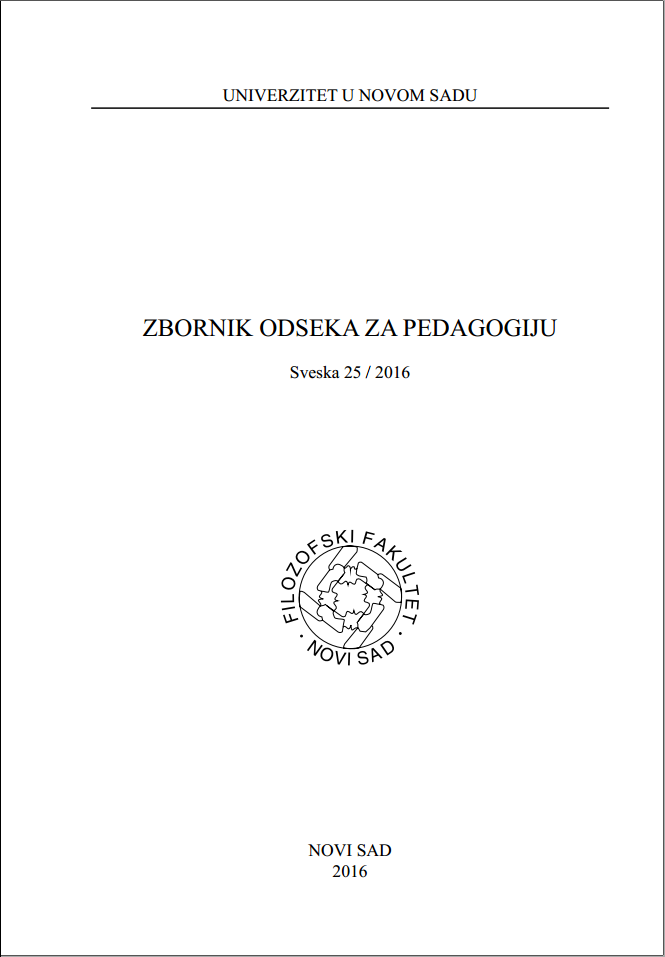Rodnoosetljiva analiza čitanki za osmi razred osnovne škole za srpski jezik, srpski kao nematernji i mađarski jezik
Gender Sensitive Analysis of the Textbook for the Eighth Grade of Elementary School for Serbian, Serbian as a Second Language, and Hungarian Language
Author(s): Margareta Bašaragin, Svenka SavićSubject(s): Gender Studies, School education, Ethnic Minorities Studies
Published by: Филозофски факултет, Универзитет у Новом Саду
Keywords: textbooks for the eight grade of elementary school; Hungarian language; gender-sensitive analysis; Serbian language
Summary/Abstract: Numerous studies confirm that the traditional patriarchal model is present in the elementary school curricula. They also confirm the existence of hidden or invisible curriculum, which transfers improper and unplaned value attitudes and behavior patterns to the pupils. Thus, boys and girls are socialized for different roles, indirectly affecting the formation of gender-based behavior models. The aim of this paper is to deconstruct the content and structure of textbooks for the eighth grade of elementary school for Serbian language, Serbian as a second language, and Hungarian, which are currently in use in Vojvodina, through the prism of gender-sensitive analysis, in order to determine whether the process of integrating gender equality has been revived in the textbooks, in terms of non-discriminatory educational practices. For gender-sensitive analysis of the textbooks, I used the research instruments created for the purpose of the regional project „Gender Sensitive Textbooks and Classroom Practice in the Balkan Region“ (from 09/2005 to 09/2007). The results confirm that the textbooks continue to reflect gender stereotypes both in their content and concept; there is no interest for women‘s rights and problems of inequality. Men dominate both as authors of literary works and as the characters represented in the works, as well as the characters on the images along with the text. They are the main holders of action, and conflict, and initiators of its resolution. Actions of female characters are aimed support of the male society in which the physical and emotional care for the welfare of others in the family and society is highly ranked. Today there are no mechanisms to control and eliminate the existing incompliance to the standardof quality of the textbooks that relate to the principles of equal opportunities and non-discriminatory practices with the content and concept of the textbook.
Journal: Zbornik odseka za Pedagogiju
- Issue Year: 2016
- Issue No: 25
- Page Range: 75-97
- Page Count: 23
- Language: Serbian

